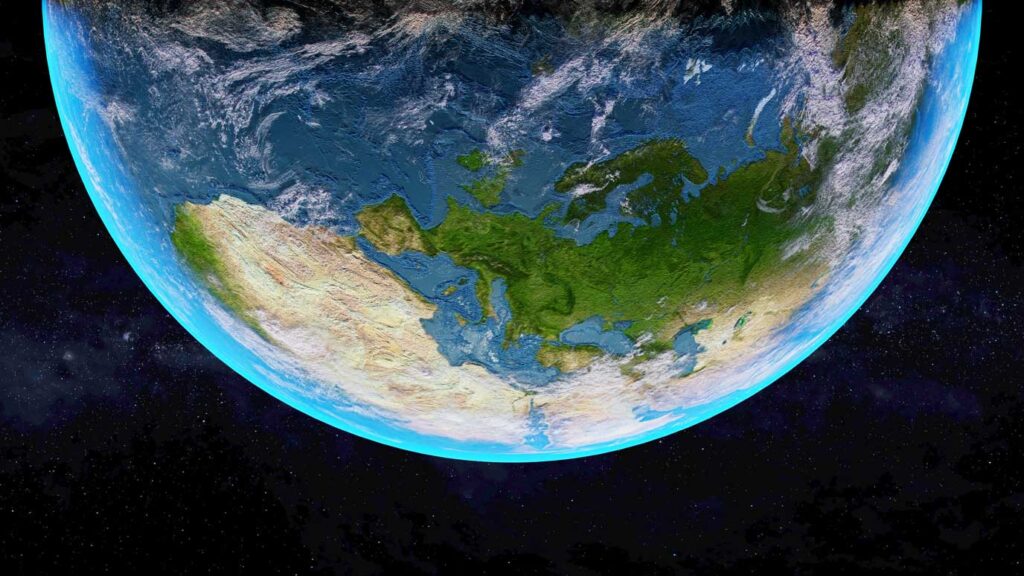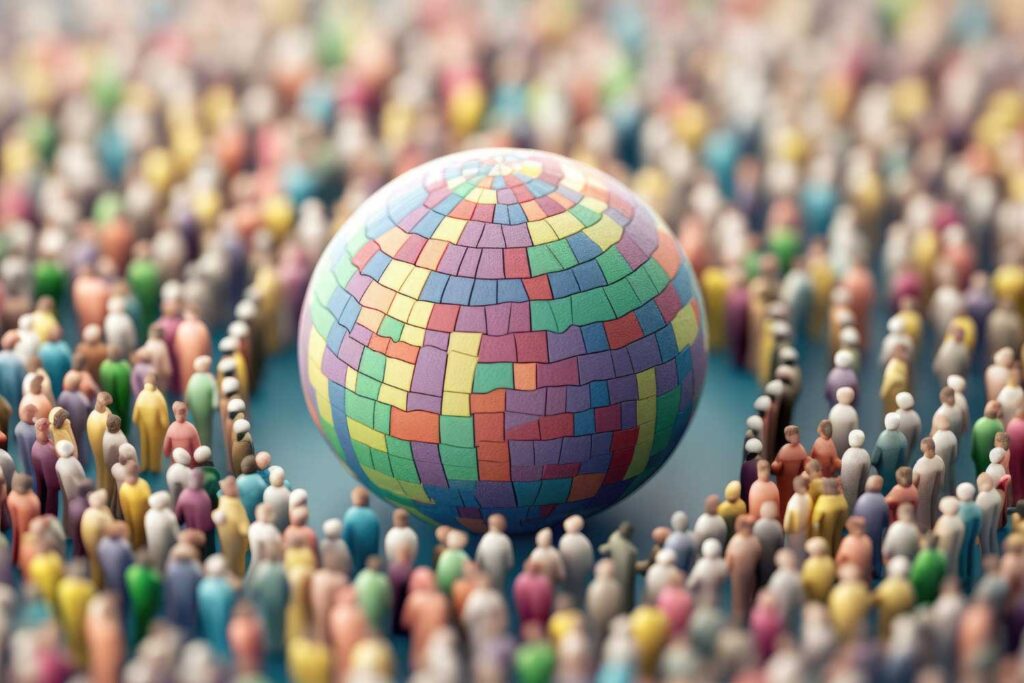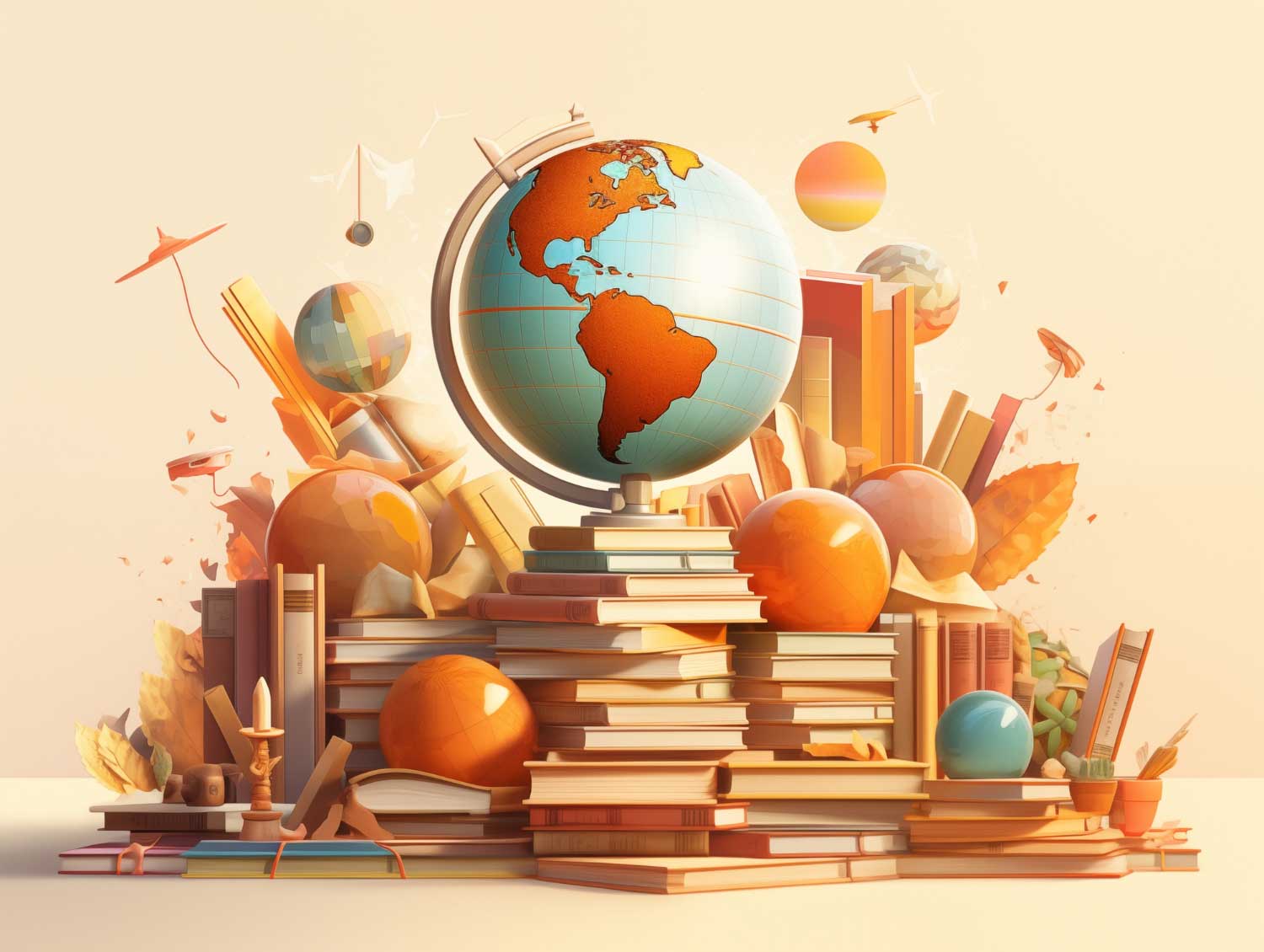Language is an integral part of human existence. It has been around for as long as humans have, and it helps us navigate the world around us and communicate with one another. Through language, we learn about the world, ask questions, conduct business, form relationships, and maintain connections with others.
While grammatical rules differ between languages, cultural rules remain similar. The tone of voice can change the way language is perceived, making something rude appear as a joke or something lovely appear as an insult. Language is incredibly complex and goes beyond creating sentences through words and sounds. It also includes non-verbal communication, such as gestures, behaviours, and overall tone.
Languages have the power to spread both truth and misinformation, harmony and chaos. They can be used to spread distrust and corruption or create beauty, songs, poetry, and pass down stories from generation to generation. Language reflects the diversity of humans, both good and bad, intentional and random, fun and playful, rigid and standard.
The world of language is vast and fascinating, reflecting the diversity of humans themselves. It has been an integral part of human existence for as long as humans have been around, and over time, it has developed and standardised, expanding from spoken to written forms. Through language, we learn about the world, our history, and our customs. Language is a powerful tool that is worth exploring to appreciate its full potential.
Table of Contents
Geographical Overview of Spoken Word

With over 7,000 languages spoken across the world, it’s fascinating to note a fact. More than half of the global population speaks only 23 of them. Despite the vast differences between languages, humans have a natural need to communicate. They seek to connect on a larger level. This is especially true in our increasingly interconnected world.
Throughout history, humans have adopted a common language to adapt to this need, known as a ‘lingua franca.’ Historically, this has been Greek, Latin, Arabic, Mandarin, and Hindi. Today, English serves as the global lingua franca, with over 1.4 billion speakers worldwide. However, this rise of English does not undermine the importance of other languages spoken across the globe.
To appreciate the diversity of Languages of the World, let’s explore them through a continental overview.
EUROPE
Europe is a continent with over 744 million people. It has a total of 291 living languages. These languages make up 3% of the world’s total number of languages. While English is the lingua franca of the world, it is just one of the many languages spoken in Europe.
English itself originated in the 5th century CE and was brought to England by the Anglo-Saxon migrants. Through the expansion and colonialism of the British Empire, it became widespread until ultimately becoming the lingua franca of today.
Most European languages trace back to Indo-European origins. Some of the most common languages include Spanish, French, Portuguese, and Italian. All of these are derived from Latin.
But Europe is home to even more language families, such as:
- Scandinavian languages – Swedish, Norwegian, and Danish
- The Finno-Ugric languages – Finnish, Estonian as well as the Sami languages and Hungarian.
- Baltic languages – Lithuanian and Latvian
- Germanic languages – Dutch, German, Luxembourgish, Scottish, and Yiddish
- Slavic languages – Bosnian/Croatian/Serbian, Czech, Macedonian, Polish, Russian, Slovak, and Ukrainian.
Europe’s diverse linguistic landscape is a testament to the rich history and cultural heritage of the continent. From the Nordic countries to the Mediterranean, each language family brings its unique flavour to the European melting pot.
THE AMERICAS
The Americas, including North America (which also includes Central America and the Caribbean) and South America, are home to roughly 1.03 billion people and 1,064 languages, accounting for over 14.8% of the world’s total number of languages.
Despite the diversity of languages across the Americas, most of the commonly spoken languages have European origins, introduced through colonisation and the displacement of indigenous languages. These include Spanish, English, Portuguese, and French.
However, indigenous languages have persisted in the Americas, such as Quechua in Peru, Mayan and Guarani languages in South America, and Navajo, Sioux, and Eskimo–Aleut languages in North America.
The linguistic landscape of the Americas is diverse and complex. Understanding how different languages interact can be advantageous for work and travel. For instance, Canada has had multiple colonial impacts. As a result, English and French are spoken as first languages in different areas. In South America, Spanish is the predominant language in most countries, except for Brazil, which speaks Portuguese.
Despite the impact of colonisation, people have a great ability to adapt languages as their own. Through different accents and dialects, languages become truly ‘owned’ by the group of people who use them. English in Canada sounds different from that spoken in the UK or Australia, and the Portuguese dialect spoken in Brazil sounds quite different from that spoken in Portugal or Angola (another Portuguese-speaking country in Africa).
The Americas offer a unique and fascinating linguistic landscape, reflecting the rich cultural heritage of its people. By exploring the diversity of languages across the continent, we can gain a better understanding of its complex history and the people who call it home.
AFRICA
Africa is often referred to as the ‘Cradle of Humanity’ and for good reason. It is the birthplace of our species. With such a rich and diverse history, its linguistic diversity is hardly surprising. African countries account for a staggering 30.1% of all languages spoken worldwide. In fact, there are over 2,158 languages spoken throughout the continent. This makes Africa one of the most linguistically diverse regions on the planet.
The continent is home to four major language families: Niger-Congo, Nilo-Saharan, Afroasiatic, and Khosian. It is fascinating to note that there are over 1,500 languages within the Niger-Congo family alone. This family includes Swahili, which is also the lingua franca of most of Eastern Africa, as well as Yoruba, Oromo, Hausa, Igbo, Zulu, and Shona, among others.
Despite the vast linguistic diversity, colonialism has played a significant role in shaping the languages spoken in Africa. Much like in the Americas, the major influences came from English, French, and Portuguese colonies. However, Africa has also seen a lot of Arabic influence, particularly in North and North-East Africa. As a result, many languages spoken throughout African countries have had more than one influence. For example, Algeria had both French and Arabic influence and created its own dialect as a result. Similarly, Afrikaans, or Cape Dutch, was a language developed in South Africa after the colonialist influence of the Dutch in the region.
Despite these influences, many African tribes have managed to keep their unique native tongues alive. One such language is Khoisan, or the clicking language, a group of languages that use clicking sounds to create words. The Khoisan languages are an example of how some African tribes have retained their unique linguistic heritage.
It is worth noting that African tribal languages can teach us a lot about the history of language and its uniqueness. Many of these languages have evolved over centuries, adapting to different cultures and environments. They are a testament to the resilience and diversity of African culture and heritage.
In conclusion, African languages are among the most diverse and fascinating in the world. They offer a glimpse into the rich history and cultural heritage of the continent and its people. While colonialism and other historical factors have influenced Africa’s languages, many tribes have preserved their native tongues. These languages testify to the unique linguistic heritage of African people. They contribute to the diversity of human language.
ASIA
Asia is a continent of incredible diversity, comprising the countries of the Asian part of Russia, the Middle East, Central Asia, South Asia, Maritime Southeast Asia, and East Asia. It is the most populous continent on the planet, with a whopping 4.723 billion inhabitants according to the UN.
It comes as no surprise that the largest number of living languages can be found in Asia, with 2,314 languages accounting for 32.3% of all languages worldwide. The sheer variety of languages spoken across the continent is staggering, from Mandarin Chinese to Arabic, Hindi, Japanese, and many more.
India alone has 22 official languages, with over a billion people speaking them. Hindi has emerged as the lingua franca within India, but even Hindi has seen influences from the British colonies and has adapted over time. It is not uncommon to hear people speaking “Hinglish” – a mix of Hindi and English – in everyday conversation. This is a perfect example of how language adjusts and adapts over time, reflecting the cultural influences and historical factors that shape them.
A more detailed overview of Asian languages includes:
- Sino-Tibetan, with more than 400 languages such as Chinese (Mandarin and Cantonese), Tibetan, and Burmese. These languages are spoken by over 1.3 billion people worldwide.
- Japanese and Korean, which are both isolated languages spoken by more than 130 million people combined.
- Tai–Kadai, which is spoken by nearly 100 million people and is a language family of over 90 languages spoken on the Indochinese Peninsula in Thailand, Burma, Yuan, and Laos, as well as in South and Central China.
- Indo-European languages such as Hindi and Urdu, Bengali, and Bhojpuri. These languages are spoken by billions of people across South Asia and beyond.
- Dravidian languages such as Tamil, Kannada, and Telugu, which can be found in southern India and are spoken by over 200 million people.
- Other major Asian languages such as Farsi spoken in Iran, Turkish, Russian, and Arabic.
In conclusion, Asia is a continent of incredible linguistic diversity, with a rich cultural heritage and a fascinating linguistic landscape.
- Australia and Oceania
The region that encompasses Australia, New Zealand, and the islands of Melanesia, Micronesia, and Polynesia is a vast and diverse one. With a population of approximately 45 million people, the region accounts for a staggering 18.5% of all the world’s languages, with a whopping 1,324 languages spoken here.
Australia, being the largest country in the region, has a colonial attachment to the United Kingdom and the British Monarchy, and hence, Australian English is the most commonly spoken language overall. However, the native people, such as the Aboriginal and Torres Strait Islanders, speak Yumplatok, which is the most widely spoken language among them. Interestingly, there are over 150 native languages spoken among these populations.
Moving on to New Zealand, English is the official language, but Māori is also widely spoken by the only indigenous peoples.
The Austronesian languages are spoken in Maritime Southeast Asia, by indigenous Taiwanese populations, and even in Madagascar. Some of the major Austronesian languages include Cebuano, Malay, Javanese, Sundanese, and Tagalog.
In conclusion, the region comprising Australia, New Zealand, and the islands of Melanesia, Micronesia, and Polynesia is a melting pot of cultures, languages, and traditions.
Celebrating Differences

Now that we have had a quick view of the world and the languages within it, we can confidently say that language is a common denominator connecting all of us. We can also, with some deeper understanding, rank the top 10 most spoken languages in the world. They are as follows:
- English with 1,452 million speakers
- Mandarin with 1,118 million speakers
- Hindi with more than 602 million speakers
- Spanish with more than 548 million speakers
- French with 280 million speakers
- Arabic with 274 million speakers
- Bengali with more than 272 million speakers
- Portuguese with more than 263 million speakers
- Russian with more than 255 million speakers
- Urdu with 231.2 million speakers
In conclusion, the world of languages is a fascinating and dynamic one. Each language has its own unique beauty, power, and personality and offers us a glimpse into the culture and history of the people who use it. From the countless indigenous languages spoken by small communities to the world’s most spoken languages, each one is a treasure trove waiting to be explored.
Learning a new language can be a challenging process, but the rewards that come with it are immeasurable. It allows us to connect with people from different backgrounds, understand their perspectives, and appreciate their culture. It also gives us a deeper understanding of our own language and culture and allows us to communicate more effectively with people from all over the world.
In the words of Nelson Mandela:
“If you talk to a man in a language he understands, that goes to his head. If you talk to him in his own language, that goes to his heart.”
Language has the power to unite people, foster understanding, and create a sense of empathy between individuals who might otherwise struggle to communicate.
As we continue to celebrate the beauty and power of language, let us remember that every language has something unique and valuable to offer. The diversity of our world’s languages is a testament to the richness of human culture, and it’s something that we should cherish and preserve for generations to come.
Read More: Strategic Insights for Effective Brochure Translation
